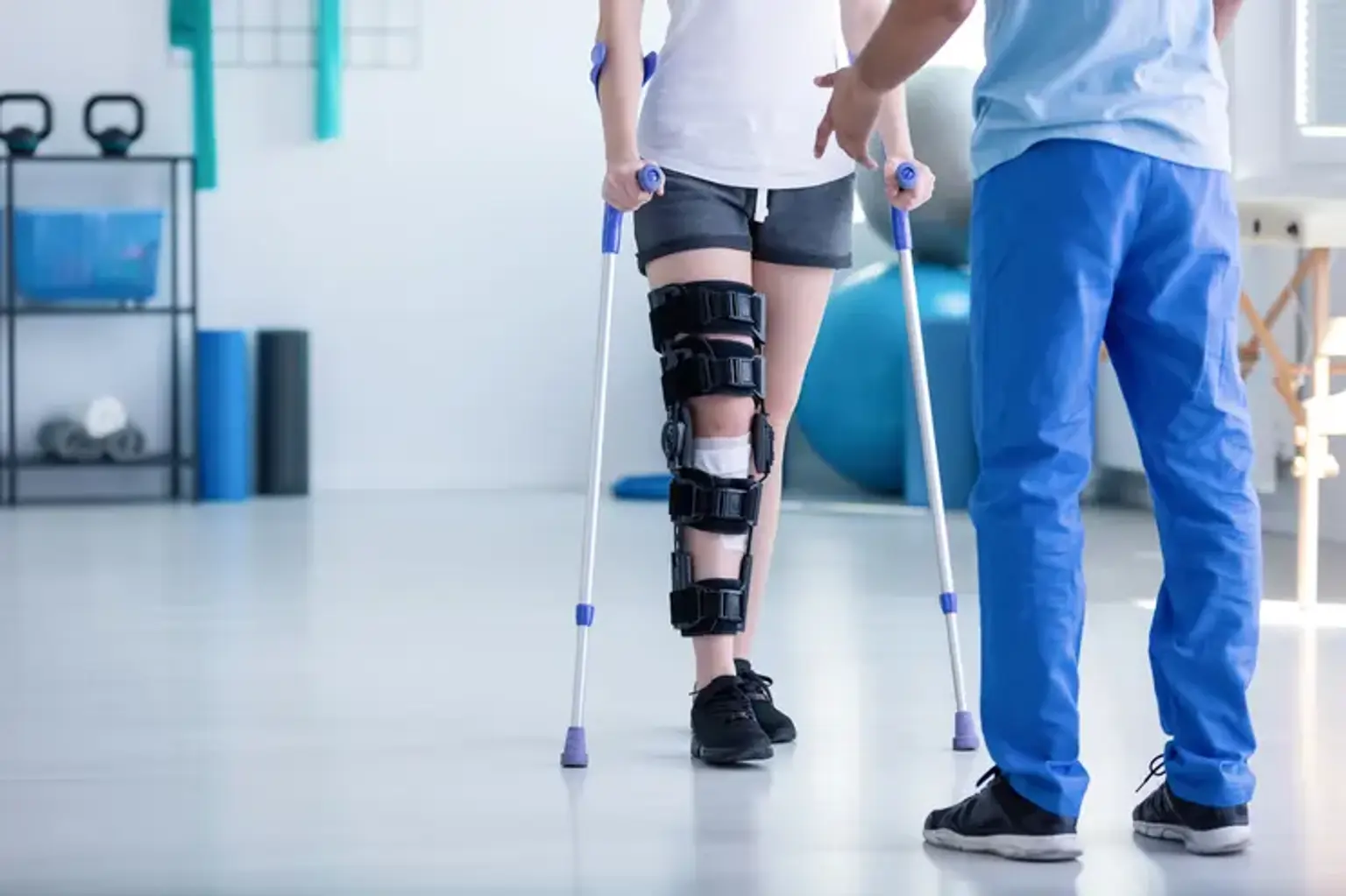Introduction
Personalized rehabilitation treatment refers to a tailored approach to recovery that takes into account an individual’s specific needs, goals, and medical background. Unlike standard rehabilitation methods, which apply a general treatment plan, personalized rehabilitation focuses on creating a unique strategy for each patient. This treatment style is gaining popularity worldwide as it offers a more efficient and effective way of helping individuals recover from injuries, surgeries, or chronic conditions. By customizing the rehabilitation process, patients are more likely to experience faster recovery times, improved outcomes, and a higher level of engagement in their recovery journey.
What is Personalized Rehabilitation?
Personalized rehabilitation is a patient-centered approach where the treatment plan is customized to fit the individual’s specific condition, recovery goals, and lifestyle. Unlike a one-size-fits-all approach, personalized rehab programs take into account the patient’s age, physical condition, previous medical history, and the type of injury or surgery they are recovering from. Whether it’s physical therapy for an injury, neurorehabilitation for a stroke, or post-surgery rehab, the plan is designed to optimize recovery, focusing on the patient’s unique circumstances.
A personalized rehab plan might combine various therapies, including physical therapy (to improve movement and strength), occupational therapy (to aid daily activities), and neurorehabilitation (for those with neurological conditions). This multi-faceted approach ensures that every aspect of a patient’s health is considered, providing them with the best chance of recovery.
The Process of Creating a Personalized Rehabilitation Plan
Creating a personalized rehabilitation plan involves several key steps to ensure that it is effective and aligns with the patient’s specific recovery goals. Here’s a breakdown of the process:
Initial Consultation and Assessment: The first step in creating a personalized plan is to conduct an in-depth consultation with the patient. This includes evaluating their medical history, understanding the nature of their injury or condition, and discussing their recovery goals. A thorough assessment will also involve physical evaluations to determine current limitations, strengths, and weaknesses.
Medical History and Physical Examination: The rehabilitation team—comprising doctors, physical therapists, and other specialists—will review the patient’s medical history to identify any pre-existing conditions that may affect the recovery process. A physical examination helps in setting realistic goals and identifying areas that need special attention.
Setting Goals and Tracking Progress: Once the initial evaluation is completed, the rehabilitation team will work with the patient to set clear, achievable recovery goals. These could range from improving strength or flexibility to regaining independence in daily activities. Progress will be regularly tracked to ensure the treatment plan remains effective and is adjusted as necessary.
Collaboration Among Healthcare Providers: Personalized rehabilitation often involves a multi-disciplinary approach, meaning that different healthcare professionals may be involved in the patient’s treatment. These could include physical therapists, occupational therapists, neurologists, or psychologists. Collaboration between these specialists ensures that the patient receives holistic care that addresses all aspects of their rehabilitation.
